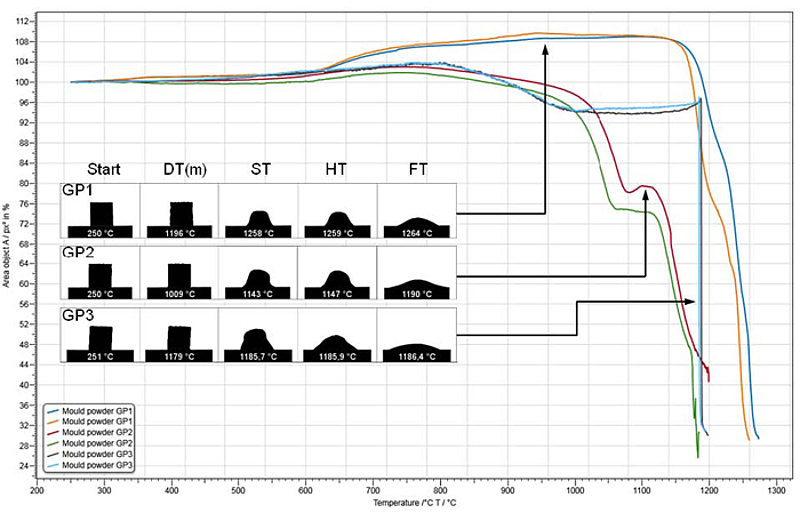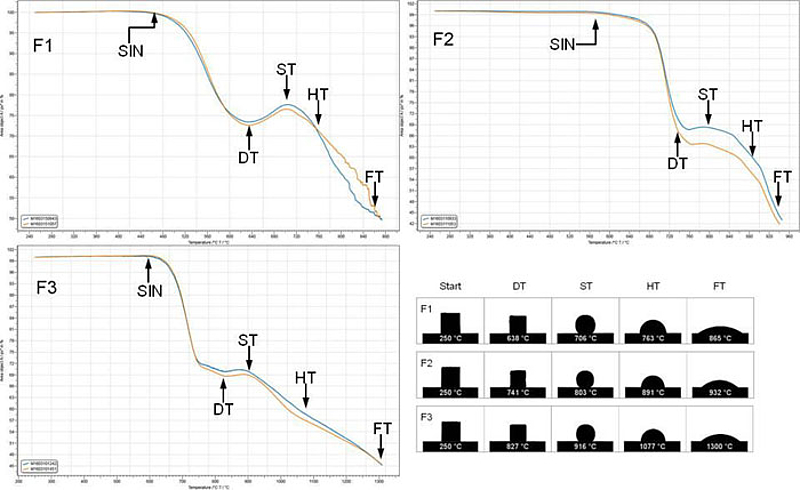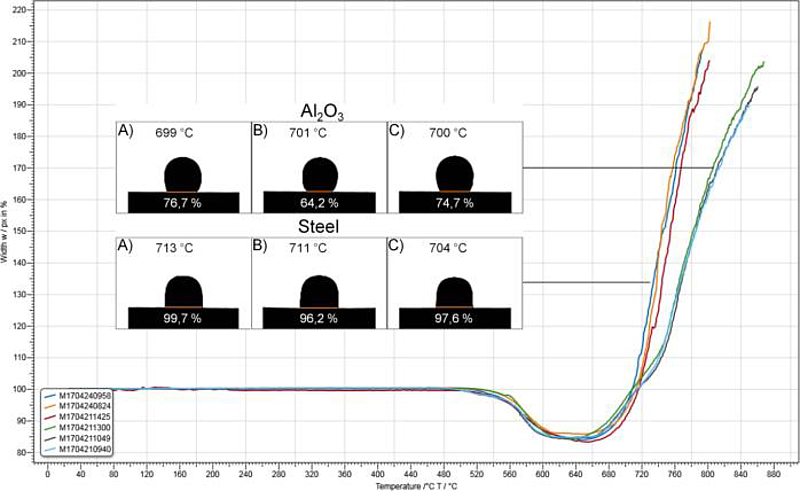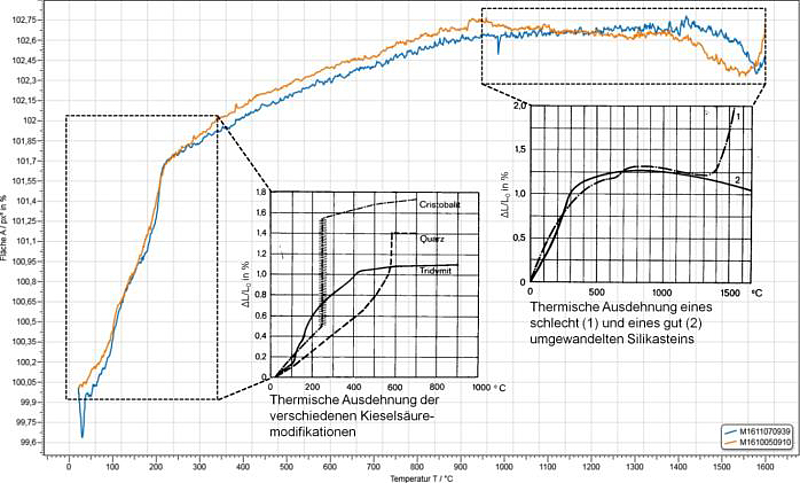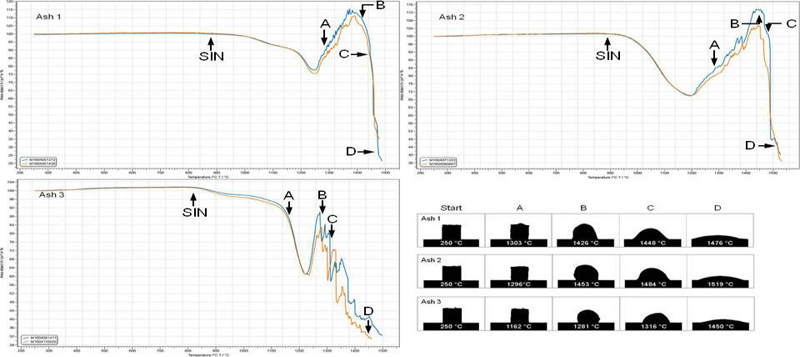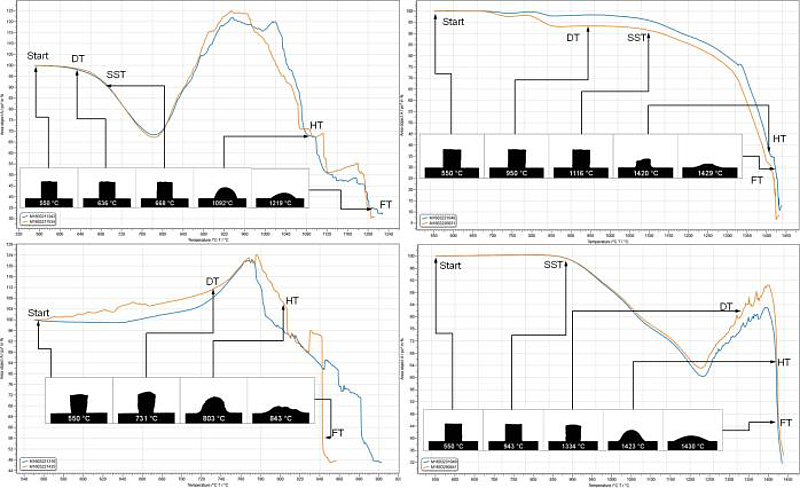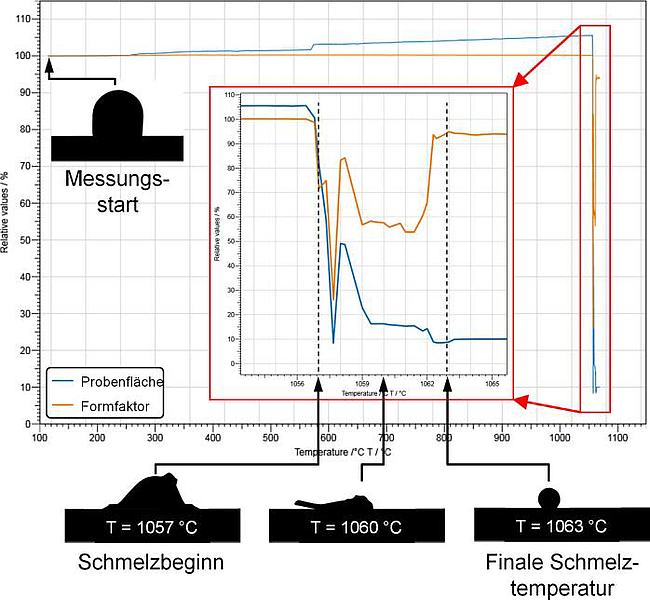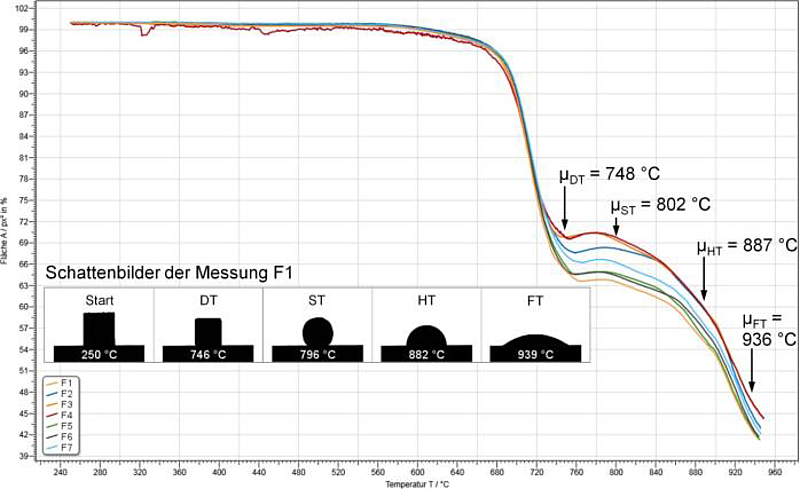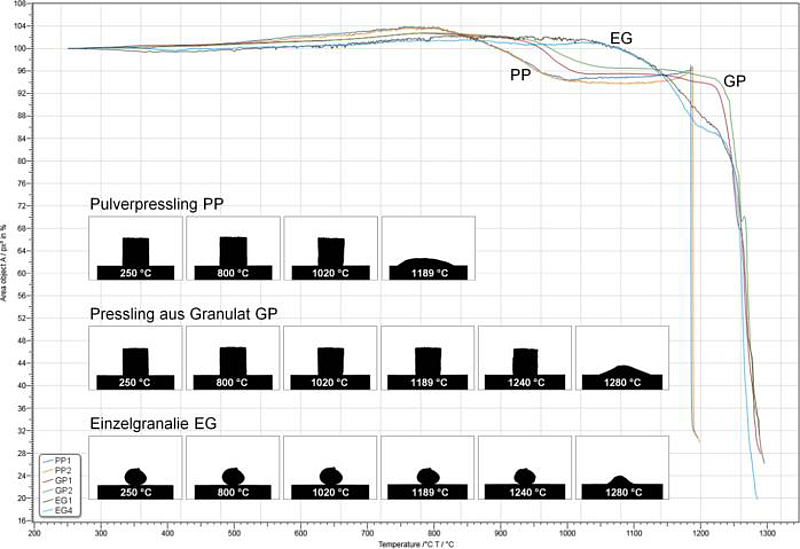Applications
Heating microscopes from Hesse Instruments and modernised Leitz/Leica instruments with the EMI III heating microscope software are used for the thermo-optical analysis of materials at temperatures of up to 1600°C. The heating microscope’s open and modular construction paves the way for a wide range of possible applications.
Analyses and areas of application
In the Hesse Instruments and Leitz/Leica heating microscopes, materials can be heated to temperatures above their melting point. In the process, non-contact measurements are taken in order to obtain information about the following material properties:
- sintering characteristics
- softening characteristics
- melting characteristics wetting characteristics
- thermal expansion characteristics.
- Benetzungsverhaltens
Heating microscopes are used for tasks ranging from research and development applications to the optimisation of processes and quality control. The area of quality control generally uses standardised measurement methods for the purpose of material analysis. Furthermore, the heating microscope’s open and modular construction means that measurement methods aimed at process optimisation can be adapted to real processes or to research and development questions
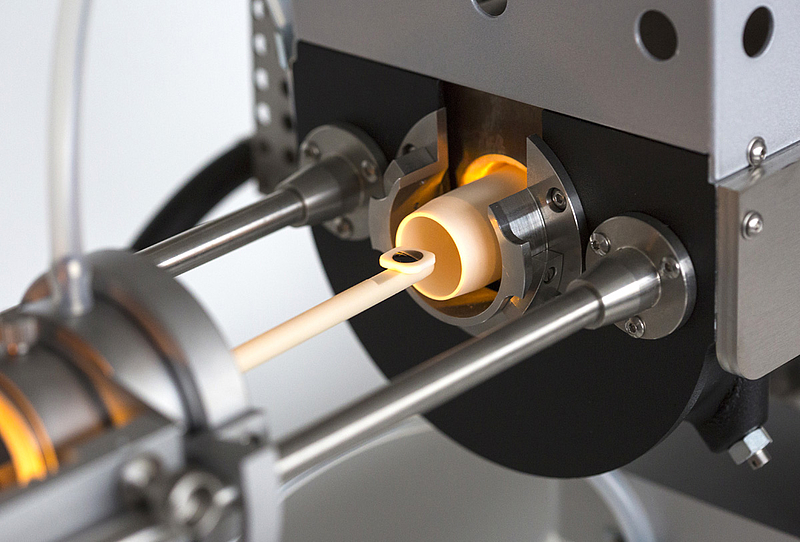
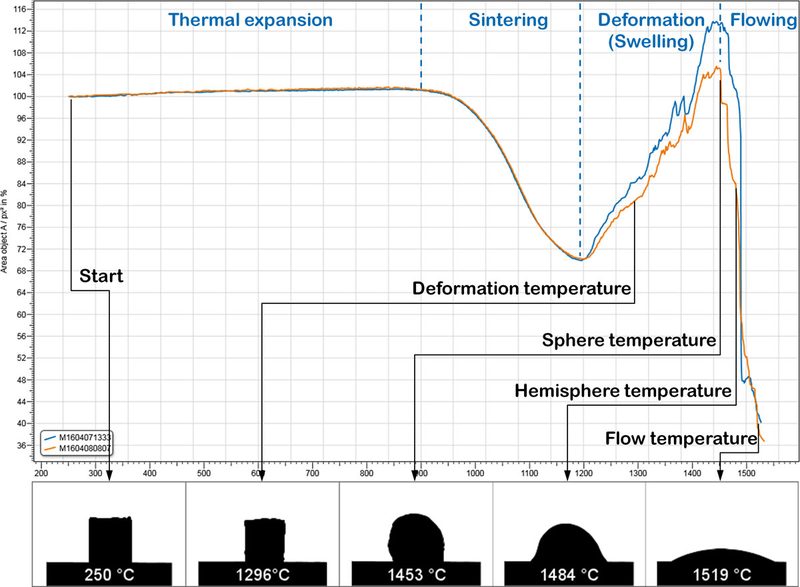
Conformity with standards, materials, and sectors of industry
Heating microscopes were originally developed for analysing the melting characteristics of ashes in accordance with standards. Instruments from Hesse Instruments and Leitz/Leica conform to the following standards:
- DIN 51730:2007
- ISO 540:2008-06
- CEN/TS 15370-1:2006 und CEN/TR 15404:2006
- the Hesse Instruments method, which is based on DIN 51730:1984.
In addition, the heating microscope serves as a reliable instrument for the analysis of ceramic materials, glasses, casting powders and a range of other materials and is therefore used in various sectors of industry.
In principle, you can use the heating microscope to analyse all materials that meet the following conditions:
- They are not explosive or combustible.
- They do not contaminate the measuring cell due to unusual wetting or corrosion characteristics or evaporating constituents.
- There is no risk to operators due to evaporating constituents.
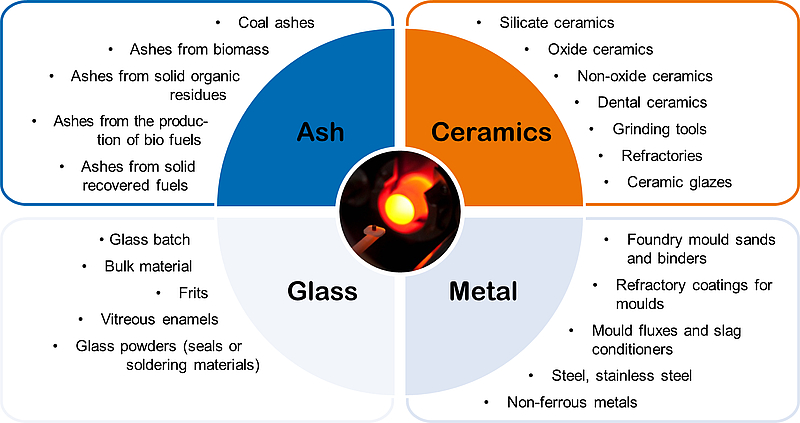
Request application reports
For all example application that we present on our website, you can request the respective application report, using the form below.
While we gladly offer you any information that we can, please understand that you cannot download our application reports directly, in order to protect the contents against misuse.
The fields marked with * are mandatory and must be filled out. We need this to process your request. Thank you!

